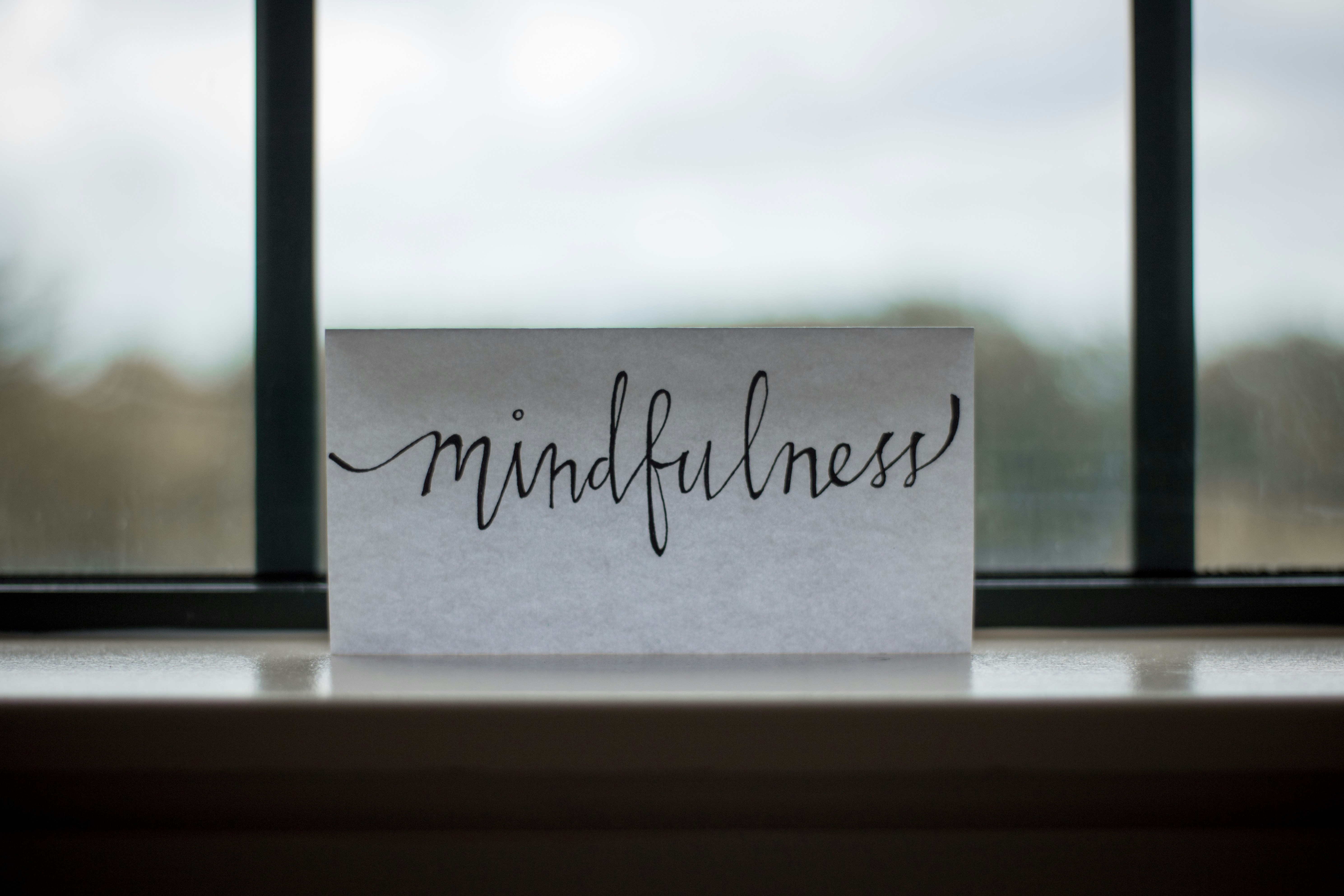
Understanding Mindfulness
Mindfulness is a mental state that involves focusing one’s awareness on the present moment, while acknowledging and accepting one’s thoughts, feelings, and bodily sensations without judgment. Rooted in ancient practices, particularly within Buddhist traditions, mindfulness has evolved over time into a widely recognized approach for enhancing emotional and mental well-being in today’s fast-paced and often chaotic world.
The historical origins of mindfulness can be traced back to meditation practices that emphasize awareness and presence. In Zen Buddhism, for example, practitioners cultivate mindfulness through meditation and living in accordance with core principles, such as attention to breath and mindful observation of surroundings. However, in recent decades, mindfulness has transcended its spiritual origins, becoming a secular practice employed in various fields, including psychology, healthcare, and education. Researchers have found that mindfulness can significantly reduce stress, improve focus, and enhance overall mental health.
In an era characterized by constant distractions and a relentless pace, the importance of mindfulness has never been greater. Many individuals find themselves overwhelmed by the demands of daily life, often leading to anxiety, decreased productivity, and tumultuous emotional states. Practicing mindfulness enables individuals to step back, take a breath, and regain centeredness amidst life’s fluctuations. It offers tools to cultivate greater self-awareness, allowing one to respond thoughtfully rather than react impulsively to challenging situations.
The practice of mindfulness encourages the development of a compassionate and non-judgmental attitude toward oneself and others. This gentleness can foster deeper connections with ourselves and those around us, empowering individuals to navigate through challenges with clarity and resilience. As such, mindfulness serves not only as a valuable coping mechanism but also as an essential skill for enhancing emotional intelligence and overall quality of life.
Challenges to Practicing Mindfulness in a Busy Life
Amidst the incessant pace of modern society, the pursuit of mindfulness often encounters a myriad of challenges. One of the foremost obstacles individuals face is the prevalence of distractions. In an era where notifications constantly compete for our attention, it becomes increasingly difficult to cultivate a mindful state. Mobile devices and social media, while useful tools, can quickly divert our focus away from the present moment. The incessant stream of updates, messages, and alerts perpetuates a cycle of distraction that hampers one’s ability to engage in mindfulness practices.
Another significant barrier to practicing mindfulness is the constraint of time. Many individuals juggle multiple responsibilities, from work obligations to personal commitments. The whirlwind of daily tasks often leaves little room for self-reflection or mindfulness exercises. As a result, people may feel overwhelmed, believing that they simply cannot afford the luxury of taking a moment to breathe and be present. This perception of time scarcity not only contributes to stress but can also lead to a sense of guilt when one attempts to carve out time for self-care.
The pressure to excel in various aspects of life further complicates the mindfulness journey. The societal expectation to be productive often clashes with the practice of slowing down and being present. Individuals may struggle with the idea that taking time for mindfulness is unproductive, leading to internal conflict between the desire for peace and the obligation to meet external demands.
Additionally, the impact of technology cannot be understated in this context. While it offers numerous resources for mindfulness, such as apps and online courses, it simultaneously fosters a culture of constant connectivity that can exacerbate feelings of anxiety. In navigating the complexities of a busy life, individuals often find themselves grappling with these challenges, which can impede their ability to integrate mindfulness into their daily routines.
Practical Mindfulness Techniques for Everyday Life
In today’s fast-paced environment, embracing mindfulness can significantly enhance one’s overall well-being. One effective technique to cultivate mindfulness is deep breathing. This simple practice involves taking a moment to focus on one’s breath. Begin by finding a quiet place, either standing or sitting comfortably. Inhale deeply through your nose, allowing your abdomen to rise, then slowly exhale through your mouth. Repeat this process for several cycles, concentrating solely on the sensation of the breath. Engaging in deep breathing just a few times a day can help ground your thoughts, making it easier to navigate daily stresses.
Another approach to integrating mindfulness into daily life is through mindful walking. Instead of hurrying from one place to another, take a few moments to walk slowly. Focus on each step, feeling your feet touch the ground and noticing the rhythm of your body. During this time, pay attention to your surroundings—the sounds, sights, and even the sensations in the air. This practice enables individuals to reconnect with their bodies and surroundings, fostering a sense of present-moment awareness.
Lastly, brief meditation sessions can also be seamlessly incorporated into your daily routine. Dedicating just five minutes to sit in silence can yield significant benefits. Find a comfortable spot, close your eyes, and allow your thoughts to come and go without judgment. If your mind wanders, gently bring your focus back to your breath or a simple mantra. Setting reminders in your calendar to engage in these short sessions throughout the day can be effective in building a sustainable habit. By adopting these practical mindfulness techniques, individuals can cultivate a greater sense of calm and clarity amidst the inevitable busyness of life.
Creating a Mindfulness Routine
In our fast-paced lives, establishing a mindfulness routine can significantly enhance our ability to remain present and focused. A consistent practice does not necessitate large blocks of time; rather, it is the intention and regularity that enable one to reap the full benefits of mindfulness. To create a sustainable mindfulness routine, individuals should begin by setting clear intentions. This means identifying specific goals related to mindfulness, such as reducing stress, improving concentration, or enhancing overall well-being. Being clear about the desired outcomes provides motivation and direction for the practice.
Next, it is essential to establish a designated time for mindfulness practice. This could be in the morning to set a positive tone for the day, during lunch breaks for a moment of reprieve, or before bedtime to unwind. Consistency is key; selecting a specific time each day allows the practice to become a natural part of the daily schedule. This not only reinforces commitment but also helps the mind to anticipate the moments of calm throughout the day.
Incorporating a mindfulness journal into the routine can further enrich the experience. Writing down thoughts, feelings, and reflections after mindfulness sessions fosters a deeper understanding of one’s emotional landscape and enhances self-awareness. Regularly noting progress and challenges can motivate individuals to stay consistent with their practice, allowing for adaptability over time as different routines may better suit evolving schedules.
Ultimately, customizing mindfulness routines to align with individual preferences and available time is crucial. Busy schedules require flexibility, but successfully incorporating small mindfulness moments throughout the day can lead to significant benefits. Whether through brief meditation sessions, mindful breathing exercises, or even moments of gratitude, finding a personal approach to mindfulness ensures that the practice remains practical and sustainable in everyday life.


